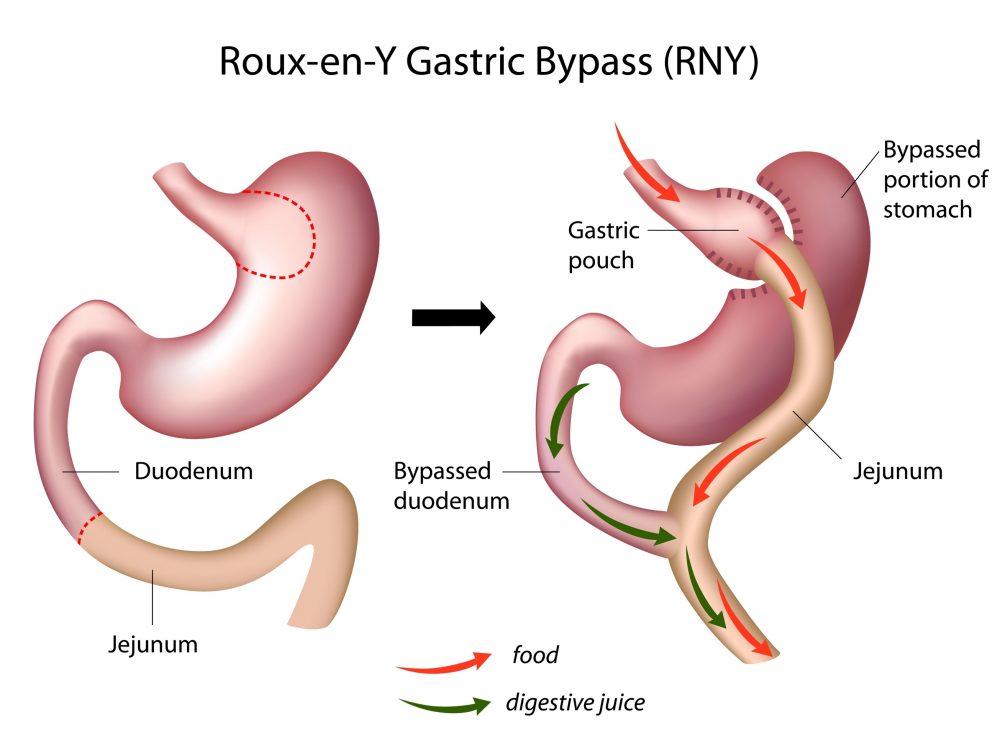
This revolutionary procedure is now available for individuals who have had previous gastric bypass surgery and who are regaining weight. This procedure involves no incisions and no recovery and involves placing an endoscope through the mouth into the stomach pouch. The connection between the stomach pouch and small intestines is then sutured resulting in slower emptying of the stomach and earlier satiety and more weight loss. The procedure also shrinks the stomach pouch and makes it small, similar to the outcome of the original gastric bypass procedure.
This procedure involves placing an endoscope through the mouth into the stomach pouch. The connection between the stomach pouch and small intestines is then sutured resulting in slower emptying of the stomach and earlier satiety and more weight loss. The procedure shrinks the stomach pouch and makes it small, similar to the outcome of the original gastric bypass procedure.
Key advantages of the new device, known as the StomaphyX, include:
- no incisions or scars;
- less pain;
- Enables the surgeon to reduce the size of the stomach.
- Faster recovery than with open or laparaoscopic procedures.
- a lower rate of complications compared to the traditional revisional bariatric surgery; and
- a much quicker recovery, making it an outpatient procedure
- Adjustable and/or revisable.

How long does the StomaphyX procedure take?
The StomaphyX procedure takes approximately 20-60 minutes, depending on the size of the stomach pouch and how much revision needs to be done. Most time the procedure is performed on an outpatient basis.
How long is the recovery period?
The recovery period is very minimal following the StomaphyX procedure. Most patients can return to work as early as the next day. As the procedure is done through the mouth, there are no incisions and no visible scars. In order to allow the pleats to bond to each other, patients are put on a liquid diet for two weeks.
Risks of StomaphyX procedure include:
- No long-term studies because the procedure is new, but bariatric surgeons say it poses little to no risk to patients, as long as the surgeon is properly trained in using the device
- Two main risks are bleeding and perforation, which should be minimal if the procedure is performed by an experienced surgeon who knows how to do endoscopy and how to use the device
Disclaimer
The Content is not intended to be a substitute for professional medical advice, diagnosis, or treatment. Always seek the advice of your physician or other qualified health provider with any questions you may have regarding a medical condition.

